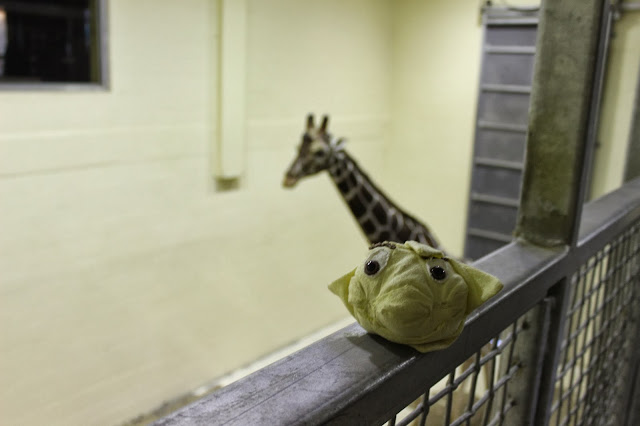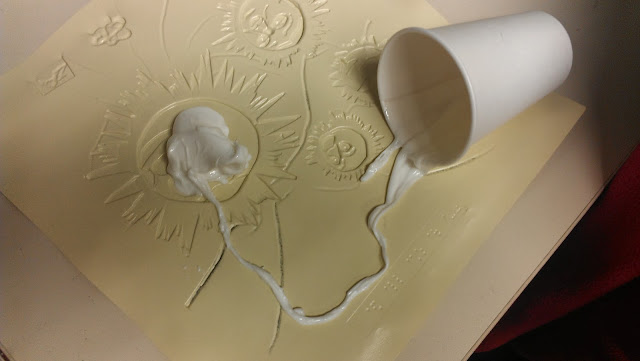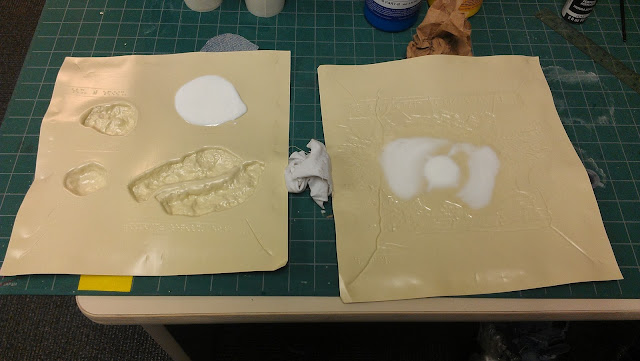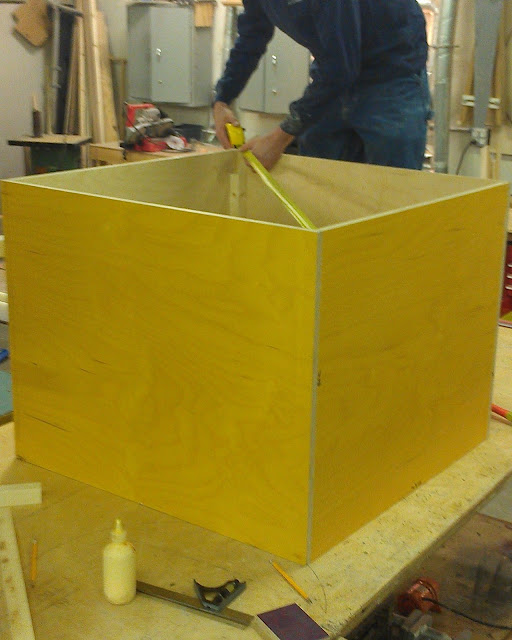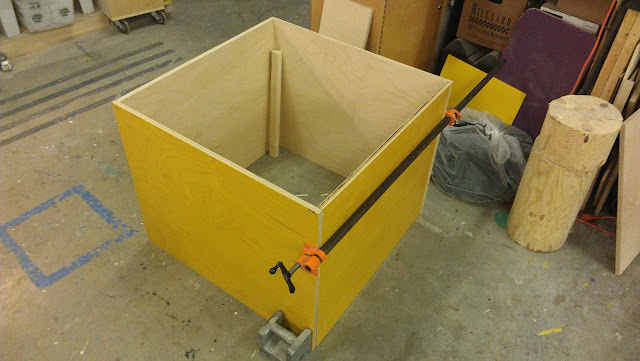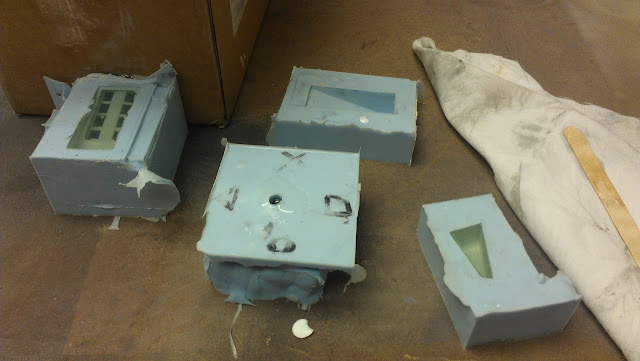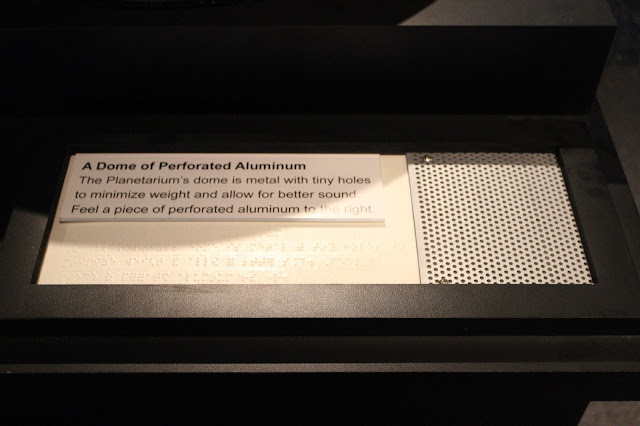I'm excited to share a couple more things that have happened this month to close out the year on a very happy note. First and foremost, Lighthouse for the Blind Saint Louis has generously given us more money to begin tactling Phase II of Feeling the Stars. Phase II will enable us to reach a larger portion of our audience who may be blind or have low vision. We will be able to purchase tactile Astronomy books that can be used with our shows or by visitors before and after the shows. We will also be able to create a Braille exhibit guide and audio tour that visitors will be able to use to help them explore the exhibits more independantly as well as gain a more meaningful experience through detailed descriptions. These guides will start in the Planetarium, but they will eventually branch out to the other galleries in the entire Saint Louis Science Center! Once again, the generosity of LHB Saint Louis has been just phenominal! I cannot thank them enough for their kindness and support and excitement over the last two years!
We also got to run Feeling the Stars for The Little Star That Could for our first family that was not part of a school group. The little boy was SO enthusiastic about space, and he very much wants to become an astronaut one day. It was very cool to work with Jacob* and his family (including an eager little sister who wanted to do everything her big brother did). The children were incredibly smart and the family seemed very appreciative that the experience existed. It was quite different working with just one family. It enabled me to allow each child to hold both Big Daddy and Mr. Angry Blue-White Star at the same time and then Little Star immediately afterwards to gain a true appreciation of the difference in temperatures. I got to talk more one-on-one with the kids as well which was cool. Jacob has a little vision so he used one of our iPads to watch the show which his mother said worked well for him. Jacob's sister, used one of the tactile follow-along books so she could have something as well (Jacob's sister has sight). Each child also hung on to one of the plush characters during the show as well. I was happy to hear that they are going to try to find more for Jacob and his siblings to do that will help him have more meaningful experiences back home in their own museums. I hope they are able to find the interactions they need back home and that we might be visited by the family again here in the future. A big thank you to Jacob and his family for spending so much time with us here in the Planetarium and working with us!
Finally, Little Star and I would like to thank you all for your support. Hearing from you is inspiring! We
 |
| Little Star says "Thank you and Happy New Year!" from outside the Planetarium on the last day of the Planetarium's 50th Anniversary Year |
*Names have been changed to protect privacy
